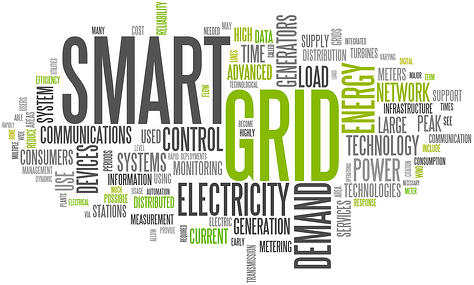A Q&A with Brigitte Narmon, lead of the AE Utilities Community, about the challenges of the Belgian energy sector and how AE prepares for this (r)evolution?

How did the Belgian energy sector evolve?
The utilities sector has been very stable and centralized since the fifties. In the last 13 years the Belgian market has gradually evolved in a deregulated market system where competition between suppliers is facilitated. The new transparency and price awareness are creating real competition. Prices drop and energy suppliers see reduced margins. Energy producers based on gas, coal and nuclear have to cope with renewables like wind and sun energy which produce electricity in various decentralized locations. This creates a balancing challenge on the grid which was designed to transport energy to the consumer, not the other way around. These major shifts will have a big impact on the utilities sector in the next 10 to 20 years.
What are the challenges in the sector?
Digitalization is entering the energy sector, SMART is the nexus of utilities. A SMART grid will create heaps of data on energy use and production. SMART meters linked to the internet will allow SMART users to manage their energy consumption and production at all times. SMART users are very price aware so suppliers have to provide other offerings to create loyal customers.
Most energy consuming devices are becoming SMART: cars, tv’s, fridges,… To support this new SMART world, the Belgian utilities market is preparing a new market communications system that will support online communication, consumption and production as well as interaction with non-utilities organizations.
What is the impact on suppliers and consumers?
Consumers are becoming prosumers, looking to reduce their energy consumption and pay the lowest price. Energy suppliers have therefore have to redefine their business model and go through the same journey as the telecom and bank sector. The customer is at the center, he expects more value than just his daily portion of energy. New services will have to be defined, linked to the needs of the consumer.
How can AE help?
In a digital world, the Customer Experience is of capital importance: to know how your customer behaves, to truly understand his needs, to deserve his loyalty. These are strategic enablers for new compelling services. This requires "outside-in thinking". In co-creation mode with business owners we identify the customers' experience through customer journey mapping. Together we find the important touchpoints and translate them into new services. Once these are defined, we map them onto both the supporting business architecture and IT-landscape. We identify the gaps in order to define the end-to-end value chain improvement. A good front end experience will be linked to an efficient back-end integration.
Is their back-end ready for such a change?
The new (SMART) market model will indeed force organizations to renovate and integrate their core. Integrating the current back office systems into the global customer experience is an important architectural focus area for energy suppliers. Concepts like security-mapping, master data management, API management and integration are necessary solution components. Furthermore these concepts are also of capital importance in the new market exchange model determined by Atrias (MIG6), impacting grid operators and other market parties as well.
Don’t forget to explore these new data sources together with your current data using appropriate and pragmatic analytics. You don't need Big Data to get extremely valuable information. In short: core processes and applications today are the foundation of your new customer experience offering. Do it right the first time. You don’t get a second chance to make a first impression.
Thanks to the AE Utilities Community for their input.




